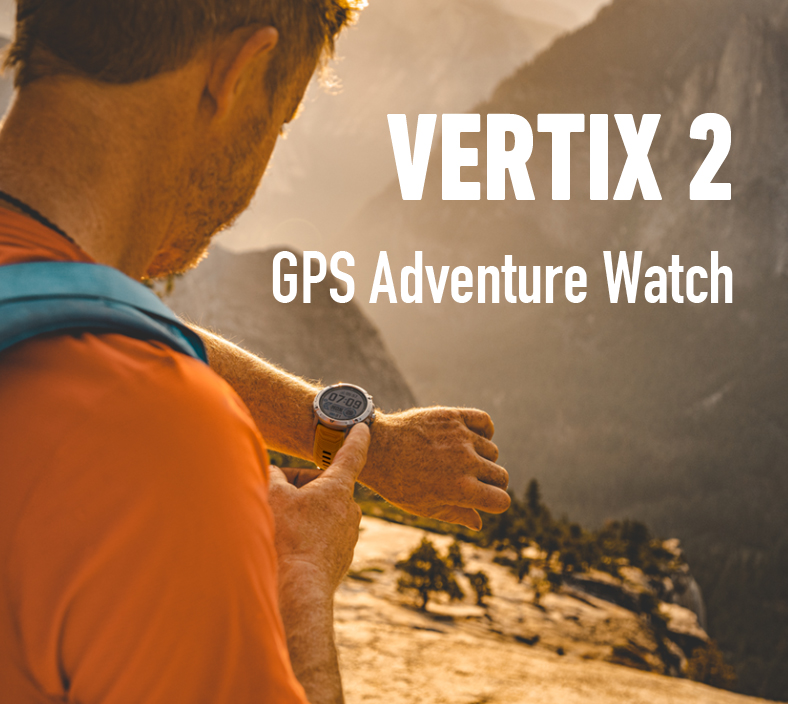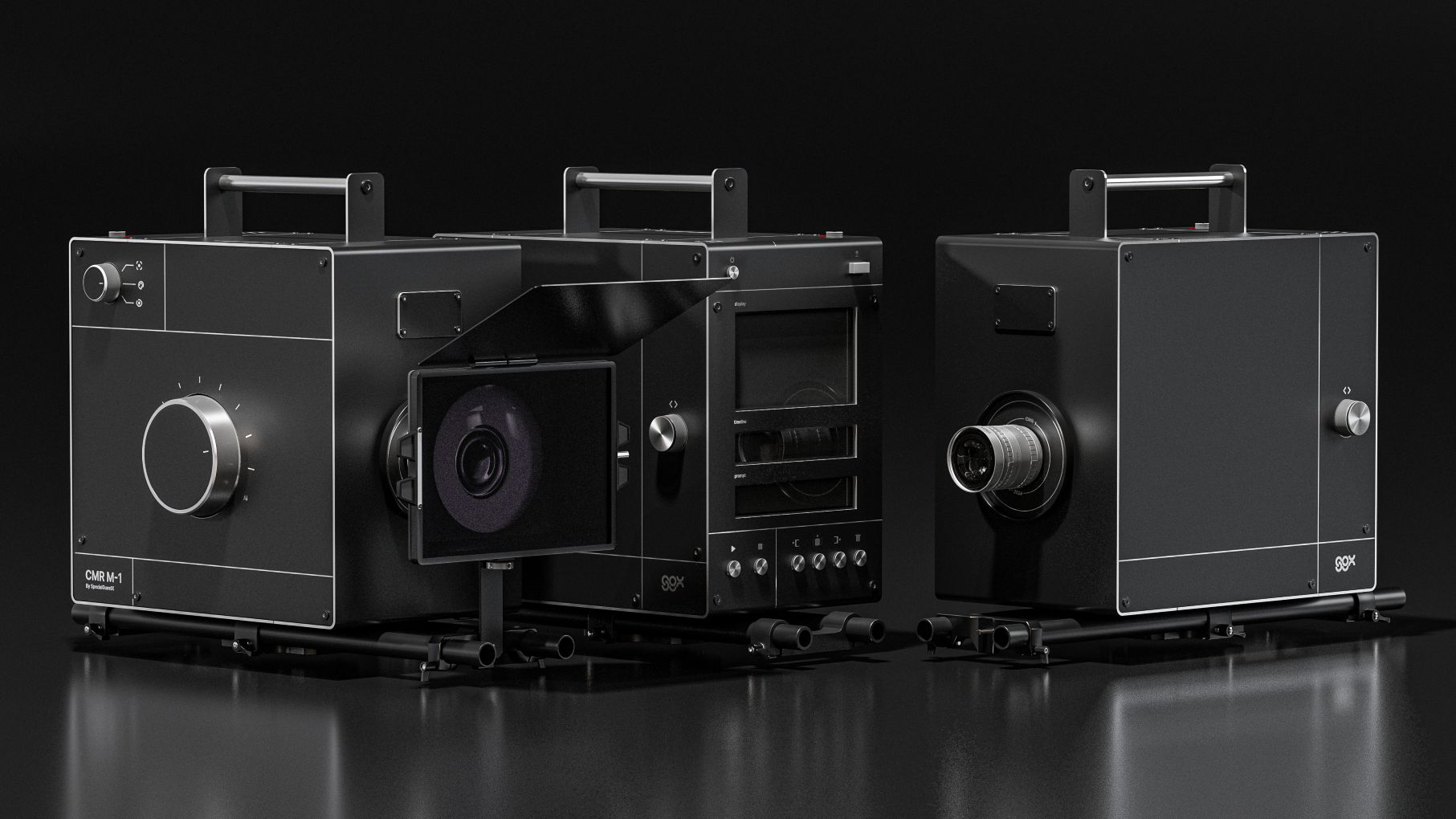Unistellar and Nikon Redefine Consumer Astronomy with eVscope 2

The New Astronomy pioneers at Unistellar are ushering in a new era of space exploration with the launch of the eVscope 2, the world’s most powerful digital telescope for consumers.
Unistellar’s eVscope 2 integrates newly developed, cutting-edge technology to its legendary eVscope and features Nikon’s Electronic Eyepiece technology. eVscope 2 users experience the beauty and secrets of deep space, faster and clearer than ever before; they can also challenge the frontiers of our knowledge in partnership with scientists, through daily user-friendly observation campaigns.

“The eVscope 2 is a leap forward for New Astronomy and is helping fuel a significant cultural and scientific shift,” said Laurent Marfisi, Unistellar’s chief executive officer. “Through Unistellar’s digital telescope leadership, combined with Nikon’s optical expertise, space-lovers can immerse themselves in the wonders of the Universe – no rocket required. While enjoying the colors and details of nebulae and galaxies, they can also contribute to increasing our knowledge in Space through citizen science.”
A visually stunning, out-of-this world observing experience in partnership with Nikon
A defining feature of the eVscope 2 is its visually spectacular eyepiece, developed by Nikon. A sophisticated array of lenses, sourced from Nikon’s world-class optical labs, provide a level of visual definition and clarity that is unsurpassed in a consumer digital telescope. This significant improvement in optical quality delivers better observing comfort and eye-relief, the perfect complement to Unistellar’s Enhanced Vision technology. The result: A captivating, immersive observation with rich contrast, perfectly black images, and unparalleled deep space views.
The cutting-edge eVscope 2 also features a new light sensor, offering higher-resolution, pin-sharp image definition and Unistellar’s newly developed Super Resolution technology. The eVscope 2 reaches a resolution of 7.7 megapixels, the highest resolution of any digital telescope, ensuring a high degree of detail and zoom-ability. Meanwhile, a wider field of view allows observers to enjoy colossal space objects like the majestic Orion nebula.
All while staying true to Unistellar’s signature smart telescope design, enabling stargazers without prior experience to observe deep-sky objects from their backyards, even in light-polluted skies.
Powerful scientific device with unprecedented simplicity and speed
The eVscope 2’s extreme versatility attracts a wide range of Space-curious audiences, who each appreciate the telescope’s unprecedented combination of speed, convenience and power. New hobbyists can grow their skill with an outstanding yet user-friendly device. Advanced astronomers benefit from a portable device that can quickly collect valuable scientific data from remote locations. Outreach professionals and educators can delight audiences with fast, sharp, colorful views of the Universe.
Although it’s a dynamic scientific instrument, the eVscope 2 is fast and easy to use and set up, even for novices, ensuring more time for observation. The portable, automated, all-in-one telescope allows any user to explore space on “Night 1,” and quickly get started hunting asteroids, hopping across galaxies, and gazing at the beauty of nebulae.
The accompanying Unistellar app contains educational information and offers viewing recommendations for galaxies, nebulae, star clusters and more, based on your geography and time of day. Users can save or browse images, live-stream observations, and connect up to 10 nearby observers to the telescope.
“Amateur astronomy typically requires a dark sky location, complex gear assembly, time-consuming setup, often hours of image processing – plus the knowledge to bring it all together,” said Marfisi. “With the eVscope 2, each of us can join a quick half-hour observation session and enjoy numerous colorful deep space objects, even from a down-town balcony. Our technology is helping astronomy to finally play a role in people’s daily lives.”
Space science success connects a global community of observers
The eVscope 2 is the latest addition to Unistellar’s family of powerful, simple-to-operate digital telescopes that allow scientists, astro-enthusiasts, and novices alike to discover the universe in a way that’s fun and meaningful.
The Unistellar community—now with more than 5,000 users across the globe—has already experienced breathtaking outer space observations while decisively contributing to space science, from identifying and modeling a near-Earth asteroid to detecting an exoplanet orbiting near a distant star.
Without advanced training, the eVscope 2 can be used to detect asteroids, exoplanets, comets, supernovae and more, helping expand our knowledge of the universe, or providing invaluable data to support space agency missions. Professional astronomers around the globe, including those at the world-renowned SETI Institute, have hailed the scientific value of Unistellar’s telescopes.
“With Unistellar’s eVscope 2, you no longer need a rocket ship to explore the Universe and make your dream of space discovery come true,” Marfisi said. “The new era of technology that gave rise to Blue Origin, Virgin Galactic and SpaceX is paralleled by a similar, and far more democratic era of New Astronomy for telescopes, that empowers wider audiences to pioneer space exploration.”
Learn more about the Unistellar eVscope 2 at unistellaroptics.com/evscope2. The Universe Awaits.
See the eVscope 2 and Unistellar community in action throughout October
Throughout October, Unistellar is hosting in numerous free global events for anyone interested in joining the Unistellar community, experiencing the eVscope 2 or participating in citizen science:
Hunt for asteroids in support of NASA’s Lucy Mission (Oct. 1, 20 + 23). Lucy will be the first space mission to study the Trojan asteroids. Participate in citizen science using your telescope, or tune in as the Unistellar community shares its journey to detect, observe and expand our knowledge of asteroids. Watch the eVscope 2 in action, and see how valuable data is collected by citizen scientists and analyzed by Unistellar’s professional astronomers.
Nurture the next generation of space explorers during World Space Week 2021: Celebrating Women in Space (Oct. 4-10). Join Unistellar’s mission to get 1 million girls around the world to discover space during World Space Week. Tune in to live space observations, hear from fascinating space scientists, and get fun space discovery activities. Learn how the eVscope is helping transform consumer space discovery. Open to all ages and genders.
Tune in to NASA’s Lucy Launch (Oct. 16). Unistellar astronomers and citizen scientists who contributed data to NASA’s Lucy Mission will attend the launch and share the experience via Unistellar’s Twitter account (@unistellar). Lucy’s 21-day launch window opens on Oct 16, 2021, and there will be about a 1-hour opportunity to launch every morning during that period. Lucy’s launch is planned for the first opportunity, at 5:34 am on Oct 16.
Open your eyes to Orion (Oct. 21). One of the world’s most famous constellations, Orion, returns to view this season, along with a host of famous deep sky objects that are embedded within it. Observe iconic nebulae, star clusters and more through the lens of eVscope 2 and the perspective of Unistellar users around the globe. While you’re at it, take a moment to enjoy the Orionid Meteor Shower, which peaks on Oct. 21.
Events are free and appropriate for all ages and scientific backgrounds. Find virtual events and archived videos at Unistellar’s YouTube channel. Stay tuned to Unistellar on Facebook for the latest updates and activities, or visit unistellar.com.
Unistellar eVscope 2 Specifications:
●Price: $4,199 USD, 3,799€, £3,399.
●Pre-order today at unistellar.com
OBSERVATIONS
- High-Resolution Images: 3200 x 2400 pixels (7.7M pixels)
- Wider Field of View: 34 arcminutes x 47 arcminutes
- Separating power: 1.5 arcsecond
- Max Magnitude: <16 in medium quality night sky in under a minute, up to 18 in excellent conditions in a few minutes
- Digital Magnification: up to 400x (150x recommended maximum)
HARDWARE
- Best-in-class Nikon electronic eyepiece
- Optical Magnification: 50x
- Mirror Diameter: 4.5 in.
- Focal: 450 mm
- Motorized Alt-Az Mount with extreme tracking accuracy thanks to Automated Celestial Tracking with Feedback
- Weight: 19.8 lbs. (9kg) including tripod
- 10h of battery autonomy
- Premium, padded backpack for storage and comfortable carrying
ELECTRONICS
- New Sensor Model: IMX 347
- More Powerful Calculator
- Storage capacity: 64 GB
OTHER KEY FEATURES
- Citizen science missions supplied by Unistellar, SETI Institute, and other scientific institutions.
- Up to 10 devices can connect at once, or live-stream your observations through social media.
- Easy operation using a smartphone or a tablet.
- Autonomous Field Detection for a fully automated star alignment procedure in 10 seconds.
- Smart light pollution reduction.
- Catalog of 5,400 objects to choose from. List of recommended objects based on the time, date, and location of the controlling smartphone.
- Enhanced Vision: Integrated intelligent image processing.
About Unistellar:
Unistellar is the start-up behind the eVscope 2 and the eVscope eQuinox, the world’s most powerful and simple-to-operate digital telescopes that bring the wonders of the universe to life in seconds—even in light-polluted urban settings. Thanks to a partnership with the SETI Institute, these game-changing consumer telescopes allow users to become citizen scientists and contribute to cutting-edge research on exoplanet transits, asteroid occultations, comets, and much more.
Unistellar’s previous flagship telescope, named eVscope, received a CES Innovation Award in 2018 in the Tech for a Better World category and was nominated for a SXSW 2019 Innovation Award. More than 5,000 Unistellar digital telescopes are now operating in Europe, Japan, and North America, and their users are participating in an unprecedented observing experience.
About Nikon
Nikon has been a pioneer in optical technology markets worldwide since its inception in 1917. Today, utilizing advanced technologies, Nikon offers a wide range of products and solutions from digital cameras and binoculars to industrial precision equipment such as FPD and semiconductor lithography systems, microscopes, and measuring instruments, as well as for the healthcare field. In the future, Nikon will take advantage of Nikon’s core technologies to generate new core pillars of profit including the material processing business. Nikon strives to sustainably grow its enterprise value in the medium- to long-term.





